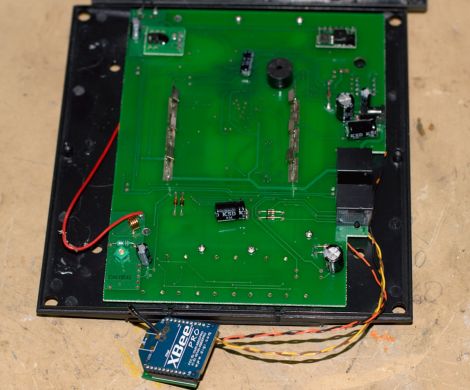
[Adam Outler] and [Rebellos] have been working feverishly to advance the world of mobile device hacking. They’re attacking on two fronts, making it easier for the common hacker to monkey with the phone’s firmware and OS with impunity, and by finding ways to make regular handsets into dev-hardware for low-level hacking.
The Hummingbird Interceptor Bootloader (HIBL) circumvents the chain of trust on smartphones running the Cortex-A8 family of processors. This opens a lot of doors, not the least of which is the ability to run any OS that you’re capable of porting to the hardware. We’re certain that Android builds will come first as they are open-source, but there’s talk of iOS or Windows Phone being run after some heavy assembly hacking.
But the two developers are trying to bring more people into the fold with their recent hacks. [Adam] has put out a call for your broken hardware. He needs your dead smartphone boards to reverse engineer the circuitry. Soldering one wire from the OM5 pin on the processor to the OM1 resistor will make the phones unbrickable (something we heard about back in July) and remove the need for soldering in a JTAG interface. With borked hardware in hand he pops off the processor and traces out this connection as well as the UART pins.
The soldering isn’t an easy process, but it’s a marked improvement that breaks down more barriers that keep people from hacking their coveted hardware. The clip after the break shows how easy it now is to recover your phone if something goes wrong while messing with the firmware or OS.
Continue reading “Smartphone Hacking Without Risk – Plus, Broken Phones Needed”

















